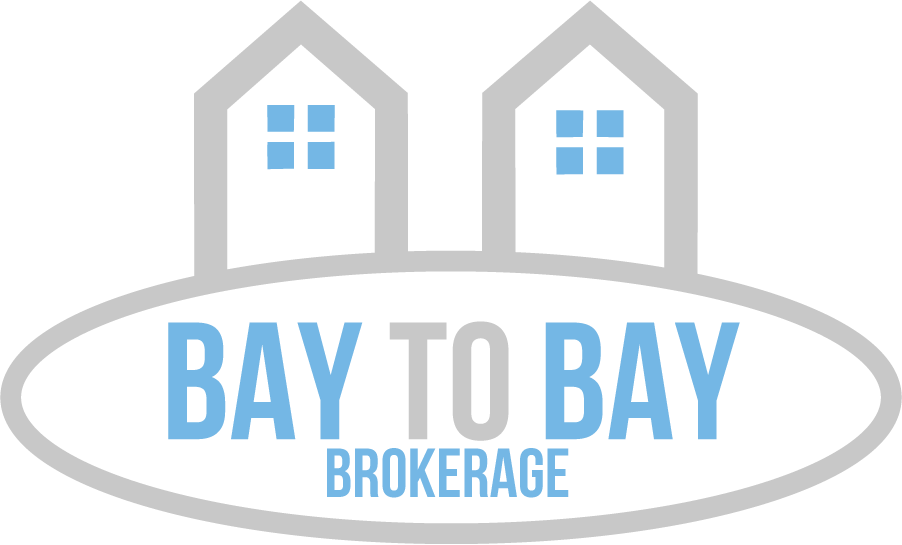In the world of real estate, understanding the condition of a property is paramount. When it comes to older homes or properties seeking insurance coverage, a 4-Point Inspection becomes a crucial step in the process. A 4-Point Inspection is a specialized assessment focusing on four key areas of a home: the roof, electrical system, plumbing system, and HVAC (Heating, Ventilation, and Air Conditioning) system. This type of inspection provides insurers with essential insights into the property’s condition, helping them make informed decisions about insurance coverage. Let’s delve deeper into the details of each point and uncover what inspectors are on the lookout for.
Roof Inspection
During the roof inspection, inspectors meticulously examine the roof’s age, condition, and overall structural integrity. They’re looking for signs of damage, such as missing or damaged shingles, water intrusion, sagging areas, and potential leaks. Insurance providers are concerned about roofs that are reaching the end of their lifespan or have existing issues, as they pose a higher risk of claims due to water damage and structural compromise. Homes with roofs that are well-maintained and relatively new tend to receive more favorable insurance terms.
Electrical System Inspection
The electrical system is another critical aspect of a home that’s scrutinized during a 4-Point Inspection. Inspectors assess the wiring, circuit breaker panels, outlets, and overall safety of the system. They’re searching for outdated or faulty wiring, overloaded circuits, improper installations, and potential fire hazards. Insurance companies often hesitate to provide coverage for properties with outdated or hazardous electrical systems, as they pose significant risks. Homes with up-to-date electrical systems that comply with modern safety standards are more likely to secure insurance without issues.
Plumbing System Inspection
When it comes to the plumbing system, inspectors are focused on identifying leaks, pipe corrosion, water pressure irregularities, and overall functionality. Plumbing problems can lead to extensive water damage and costly repairs, which insurers aim to avoid. Properties with outdated plumbing systems or signs of potential water-related issues might face challenges in obtaining insurance coverage. On the other hand, homes with well-maintained and updated plumbing systems are viewed more favorably by insurers.
HVAC System Inspection
The HVAC system plays a crucial role in a property’s comfort and livability. During the HVAC inspection, inspectors evaluate the system’s age, condition, and functionality. They’re concerned with issues such as inadequate heating or cooling, inefficient ventilation, and the overall performance of the system. Insurance companies want to avoid insuring homes with HVAC systems that are on the brink of failure or lack proper maintenance. Homes with properly functioning, modern HVAC systems are more likely to secure insurance coverage with ease.
Confidence Post Inspection
Navigating the intricacies of a 4-Point Inspection can be overwhelming for buyers and sellers alike. This is where a knowledgeable real estate agent comes into play. A seasoned agent who understands the importance of 4-Point Inspections and has cultivated strong relationships with reliable inspectors can be an invaluable asset. Such an agent can guide clients through the inspection process, helping them understand the significance of each point and its impact on insurance coverage. With their expertise, they can also recommend necessary repairs or improvements to enhance a property’s insurability. In the complex landscape of real estate, having a skilled agent by your side can make all the difference in ensuring a smooth and successful transaction, particularly when 4-Point Inspections are on the table.
